Current Market Conditions And Your Best Investment Idea
23 April 2019
Hey, The Investor’s Podcast Network Community!
If you’re like me, you’re not only asking yourself which stocks you should own but also how much you should allocate to your best investment ideas. This question is important, especially today with a stock market that is trading near an all-time high at what appears to be unsustainable valuations.
As investors have very different goals, it is hard to come up with rules on how to allocate your portfolio to individual stocks. One person who has famously talked about a fixed rule is Mohnish Pabrai, one of the greatest investors of our generation. He uses the 10% rule, which proposes that you need to make a sizable bet when you have a great investment idea. At the same time, however, you must also stay humble and know that you can be mistaken. This is why you shouldn’t allocate more than 10%.
The stock market and the financial world easily blind us, and the various biases we’re exposed to do not help the process of making rational decisions. Warren Buffett’s 40%(!) successful portfolio bet on American Express in 1963 is just one of many stories that might tempt us to make big bets.
Inspired by both Warren Buffett and Charlie Munger’s thoughts on a concentrated portfolio, I unfortunately invested 27% of my portfolio into a single stock that was manufacturing and selling oil rigs during my early career. I had never been as certain in any investment thesis, so why not bet big? Well, as it turned out, I was neither Warren Buffett of Charlie Munger. I vastly overestimated my knowledge about the oil market, and I was wrong in my estimate of the future demand of onshore and offshore rigs. This led me to a 50% loss before I finally realized my shortcomings and sold out.
Ray Dalio taught us in his book Principles that pain + reflection = progress. Progress or not, I surely incurred severe financial and emotional pain. Upon reflecting on my investment decision, I came across Mohnish Pabrai’s 10% rule, which I later took to heart. Since then, I’ve had good years where I cursed myself for not putting more than 10% in my best ideas, and bad years where I counted myself lucky for adhering to Mohnish Pabrai’s rule. Perhaps, the very best outcome of following the 10% rule has been that I have encountered a lot less stress.
Preston and I recently did an interview with well-renowned investor Sanjay Bakshi about this very concept and I think, my key takeaway was what Sanjay Bakshi refers to as “Stress-Adjusted Returns” as opposed to “Risk-Adjusted Returns.” It is a very useful metric for many investors. After all, most investors at their very cores invest to relieve stress in the future – typically in the form of saving up for retirement or gaining early financial independence. And isn’t that what life is all about? Living without unwanted stress?
If you want to learn about how Preston and I value individual stocks, you can check out our FREE Intrinsic Value Index or our latest intrinsic value assessment attached in this email.
I hope you have a wonderful rest of the week.
Your Friends,

– – –
P.S. Preston and I are interviewing Mohnish Pabrai on the 25th of April, and we would love your help coming up with questions for the interview outline. Please feel free to send them by responding to this email before the 24th of April.
P.P.S. If you look up Mohnish Pabrai’s portfolio, it might look like he’s breaking his own rule. However, his sizable bet in FCAU was partly rewarded by the stock market. More importantly, the majority of his portfolio is invested outside of the US, making his public investment, as a part of his total portfolio, much smaller. Here is my pitch of FCAU in one of our mastermind episodes.



